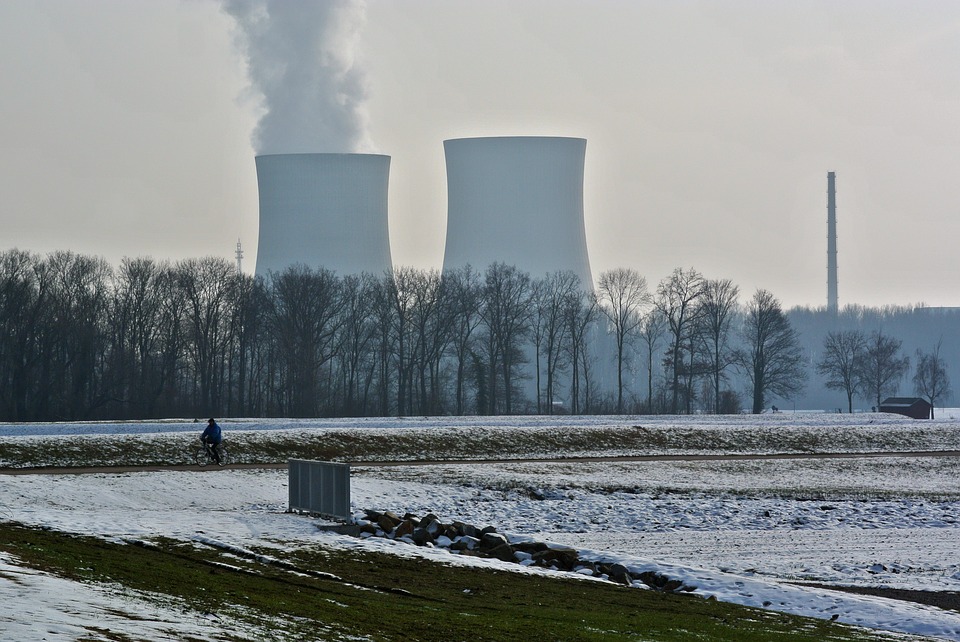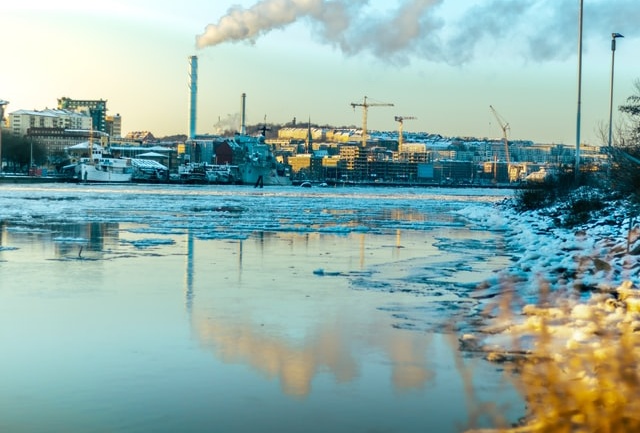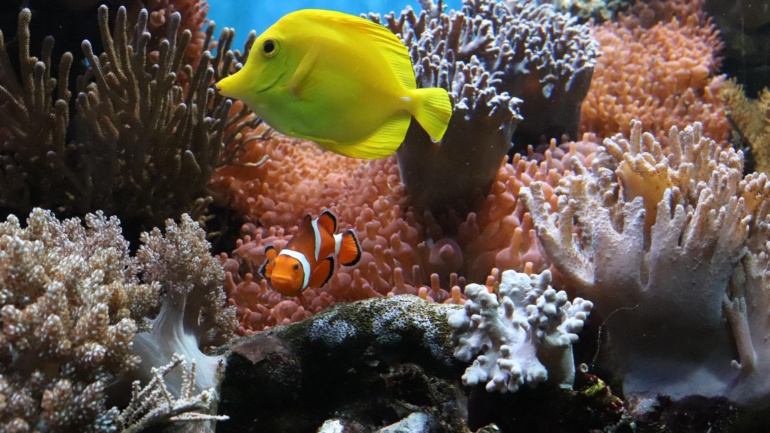By Taylor Schaefer, Staff Writer for Save The Water™ | April 24, 2016
Florida Power & Light’s (FPL) nuclear power plant uses a 168-mile long series of cooling canals to reduce the temperature of the non-nuclear side of the power plant. Over the years, the diminishing water supply has made the circulating water at least three times as salty as seawater. Because saline water is heavier than freshwater, it began to sink into the aquifer below. State regulators are now monitoring a plume of saline water that is infiltrating the area’s groundwater.
Problem exposed
A recent study commissioned by Miami-Dade County Department of Environmental Resource Management (DERM) found that the old cooling canal system at the FPL Turkey Point facility was leaking polluted water into Biscayne Bay.1 The facility is one of Florida’s largest water consumers and discharges at least 600,000 pounds of salt and other contaminants such as ammonia, phosphorus, and tritium into the Biscayne aquifer. This contamination has serious implications for the 3 million people living in South Florida, as the Biscayne aquifer is a “sole source,” federally-designated aquifer.2
There is increasing evidence that the contamination is having a negative impact on animal life in the area around the nuclear plant, as well. American crocodile nests and hatchlings in Turkey Point’s canals have declined. Philip Stoddard, a Florida International University biology professor and mayor of South Miami stated, “That’s a pretty good indication that something is amiss. We are on the edge of really understanding what is going on here.2
Environmental impact
Residents and environmental groups have been concerned about the increasingly hot canals and an underground saltwater plume that extends for miles from the facility, threatening the local ecosystem and freshwater sources. In the summer of 2014, the temperature in FPL’s cooling canal system exceeded the 100-degree limit. The company quickly sought to gain permission from United States Nuclear Regulatory Commission to operate the canals at 104 degrees, the highest temperature for canals in the nation.2 The South Florida Water Management District granted FPL permission to use the water to decrease the temperature in the plant’s cooling canal system.3
Eric Silagy, the president and CEO of FPL, stated , “We are committed to [removing] the hypersaline plume to ensure we pose no future threat to drinking water sources in the decades to come.”3
However, attempts to ameliorate the rising temperatures in the canals, including pumping water from the aquifers, have only exacerbated the saltwater plume, and are part of an effort many say will have little impact on fixing the cooling canals’ problems. Adding water alone would not solve a spreading underground saltwater plume. Taking water from the canal could also set a bad precedent for removing water intended for Biscayne Bay as part of the Everglades restoration efforts. Natural park officials are already concerned, as the cooling canal water appears to have migrated into Biscayne Bay and triggered higher levels of ammonia.2
Next steps
Recommendations such as stopping and preventing leaks, mitigating damages, and finding clean, lower-risk energy sources have been emphasized as ways to clean up the canals and remain within the confines of the law. While many residents and environmental groups are not interested in shutting down the nuclear plant, they aim to stop the expansion of the power plant in fear of worsening environmental degradation.1,4 However, it is clear from the University of Miami study that much more work needs to be done in order to find a more sustainable solution for the nuclear power plant cooling system.
At Save The Water™, we seek to bring public awareness to existing and potential threats to various water sources. Bringing awareness to contamination problems in Florida is important to the health and well-being of the local population, the Biscayne Bay and Everglades, and the various wildlife living around the nuclear power plant. Public support from South Florida communities is imperative for more protective environmental legislation, which could potentially save communities millions of dollars in restoration efforts in the future.
References
- David Chin. 2016. “The cooling-canal system at the FPL Turkey Point power station.” University of Miami. http://bit.ly/2uGuWK8
- Jenny Staletovich. February 22, 2016. “Judge: State failed to stop pollution from FPL cooling canals.” Miami Herald. http://www.miamiherald.com/news/local/environment/article61864922.html
- Jenny Staletovich and Jeremy Wallace. March 29, 2016. “Cabinet approves FPL’s plan to pump aquifer water into Turkey Point cooling canals.” Miami Herald. http://www.miamiherald.com/news/local/environment/article68869262.html#storylink=cpy
- Laura Reynolds. March 28, 2016. “Florida Department of Environmental Protection mismanagement: The solution to pollution is not dilution.” Clean Energy. http://bit.ly/2sEMG7w
- Susan Salisbury. January 12, 2016. “Biscayne Bay being contaminated by Turkey Point nuke plant canals.” Palm Beach Post. http://pbpo.st/2u1oy2r




